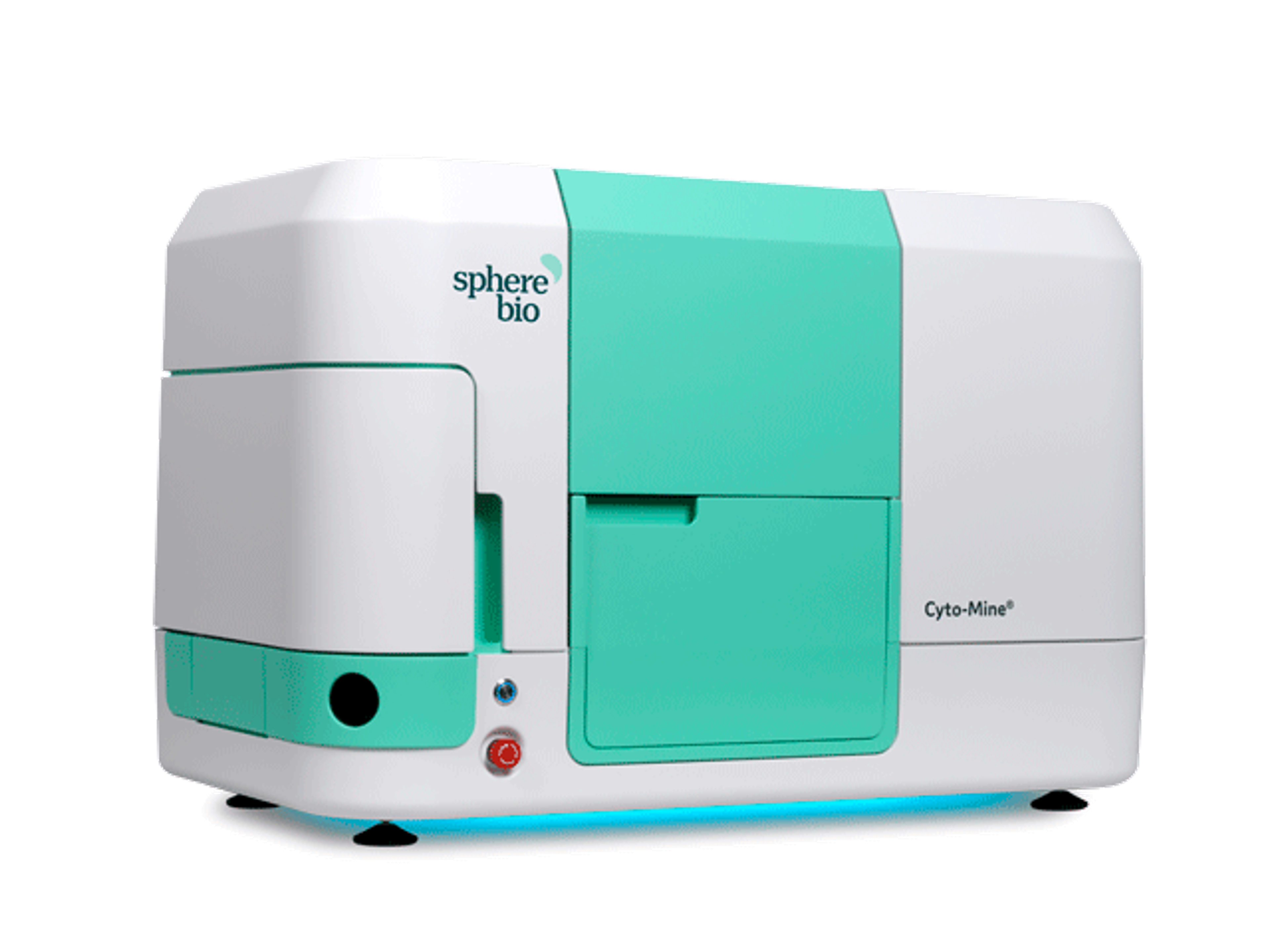Innovative cell line engineering drives new era in protein production
Cutting-edge technologies and collaborative research are transforming how scientists overcome genomic instability and accelerate therapeutic protein production
14 Nov 2025Mammalian cells, such as Chinese hamster ovary (CHO) cells, are commonly used to produce recombinant therapeutic proteins. They are preferred because they manage protein folding, assembly, and post-translational modification more effectively than plant cells, bacteria, or yeast. However, there are still challenges associated with protein production using mammalian cell lines.

Alan Dickson, Ph.D., Professor of Biotechnology at the Manchester Institute of Biotechnology, University of Manchester
“We need to be able to produce proteins quickly, in sufficient quantity and at high enough quality to be used in patients,” said Alan Dickson, Professor of Biotechnology at the Manchester Institute of Biotechnology, University of Manchester. “The cell is a factory; we can use it to make things that we can’t do chemically. Our goal is to make the factory more efficient.”
Dickson, who leads the university’s Centre of Excellence in Biopharmaceuticals, works closely with academics across the University of Manchester and key players in the pharmaceutical industry to bring together expertise in protein expression, bioprocessing, formulation, delivery, and toxicology.
Cell selection with advanced platforms
Cell lines are complex. Using CHO cell lines as an example, when the cells were first immortalized 50 years ago, they had 11 pairs of chromosomes. CHO cells divide rapidly, and as different variants have been developed, genomic rearrangements have led to variations in chromosome numbers and patterns. Since the individual cells are genomically different, they can exhibit variable phenotypes and levels of instability.
“When a gene is expressed in a population of true CHO cells, maybe only one cell in 10,000 will have the right basic chromosome mixture and DNA inserted at the right site to produce the correct protein effectively and efficiently,” said Dickson.
The standard approach to selecting a cell line, whether it be a CHO cell, a HEK cell, or CAR T-cells, is resource-intensive. It typically involves limiting dilution cloning, plating one cell into each well on a 96-well plate, growing it, and measuring its productivity. Even after selecting what seems to be the best cell line, it may undergo further genomic rearrangement, changing its phenotype. Automation has helped to speed up the process, but numerous steps are still required.
“We are looking for markers that would tell us which cell to select, and this could save researchers so much time,” said Dickson.
The impact of technology
Technology is easing the burden on technicians and researchers who traditionally spend their time at the bench plating cells, allowing them to focus on other projects. To streamline the labor-intensive process of cell line selection and improve reproducibility, researchers are turning to advanced automation platforms. Cyto-Mine® is an automated picodroplet platform for single-cell analysis that covers the cell line development process, from cell encapsulation and assay integration to monoclonality assurance and high-throughput screening.
“Cyto-Mine gives us a starting point to select the clone that seems to be the best producer, which we can then engineer to make it even more productive,” said Dickson. “It accelerates the process – it took our post-doc four months to clone 200 engineered cells, and using Cyto-Mine cut the time in half. The system allowed her to pick the best individual cell from the array, with certainty of its uniqueness.”
“We use different systems in different situations to get the best chance of isolating a single cell that has the properties we need,” added Dickson. His team is working on engineering CHO cells to mimic B-cell-derived plasma cells, which secrete large quantities of antibodies. “We are using engineering biology principles to alter the phenotype of CHO cells and adding in inducible systems so we can switch factors on and off,” said Dickson. “We are isolating high-producing cells using the Cyto-Mine system, selecting cells that are expressing at high, mid, and low levels, and carrying out omics studies to pull out the factors that have changed.”
Understanding these changes could enable the manipulation of cells to grow to high density, followed by a switch to slower growth and increased secretion levels.
“With antibody production, we can use Sphere Bio* technology to see how many antibodies have been made by an individual cell,” Dickson noted.
Similar approaches could support the development of HEK cell lines for expressing viral vector particles and improving the safety and efficacy of CAR-T cell treatment.
“If you return a mixed population of CAR-T cells to the patient, some of the cells could actually be detrimental,” said Dickson. “Researchers are not yet sure which indicators to use to select for viral vector particle production in HEK cell lines or for CAR-T cell functionality, but the work is ongoing.”
Engineering the next generation of cell systems
According to Dickson, his research could make a significant difference in addressing challenges in cell line development.
“Now what lies in the future? I work in the Manchester Institute of Biotechnology, and I'm surrounded by biological engineers working on microbial systems. They can manipulate bacteria to take whole pathways in and out. We're going to have to learn the extent to which this is feasible for mammalian cells. It might not be whole pathways – we could bypass metabolic steps or use the principles of CRISPR engineering to add and remove particular characteristics.”
Cell-free systems are being developed for the production of proteins, including monoclonal antibodies, bispecific antibodies, and fusion proteins.
“Once we understand which components are critical, the next step will be to create simpler systems to produce the proteins we need, and this may be in a cell-based or a cell-free platform,” said Dickson. “As we move away from blockbuster drugs to more personalized treatments for smaller groups of patients, we will need to decide which approach is more appropriate.”
Using the latest weight-loss drugs as an example, Dickson elaborates further, “The GLP-1 agonist Semaglutide is a 31-amino acid injectable peptide. Researchers are developing chemically synthesized small molecules with an aspirin-like structure that will be the next generation of weight control drugs, which can be taken orally. As we learn more about the factors that treat disease, we may move away from the initial biological process to chemically synthesized products.”
*Sphere Bio – A Fluidic Sciences Ltd Brand.

